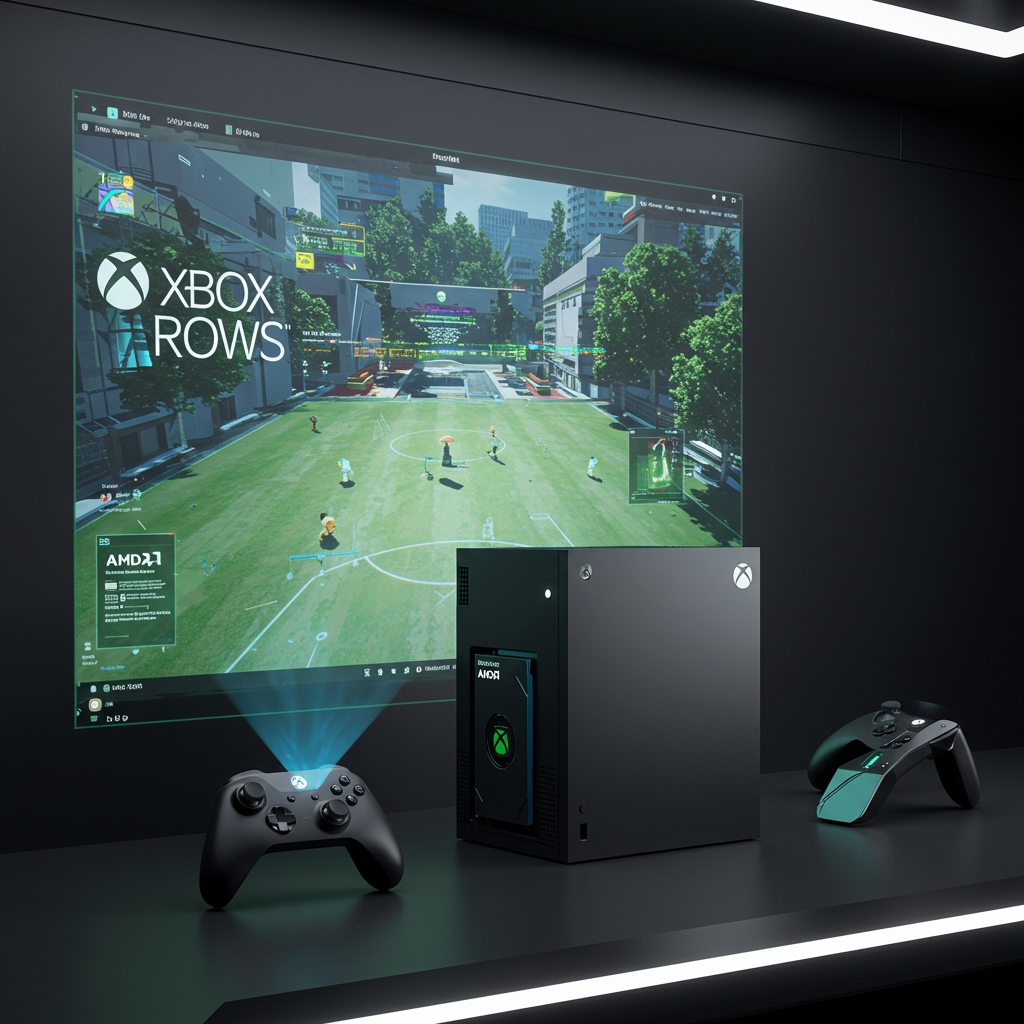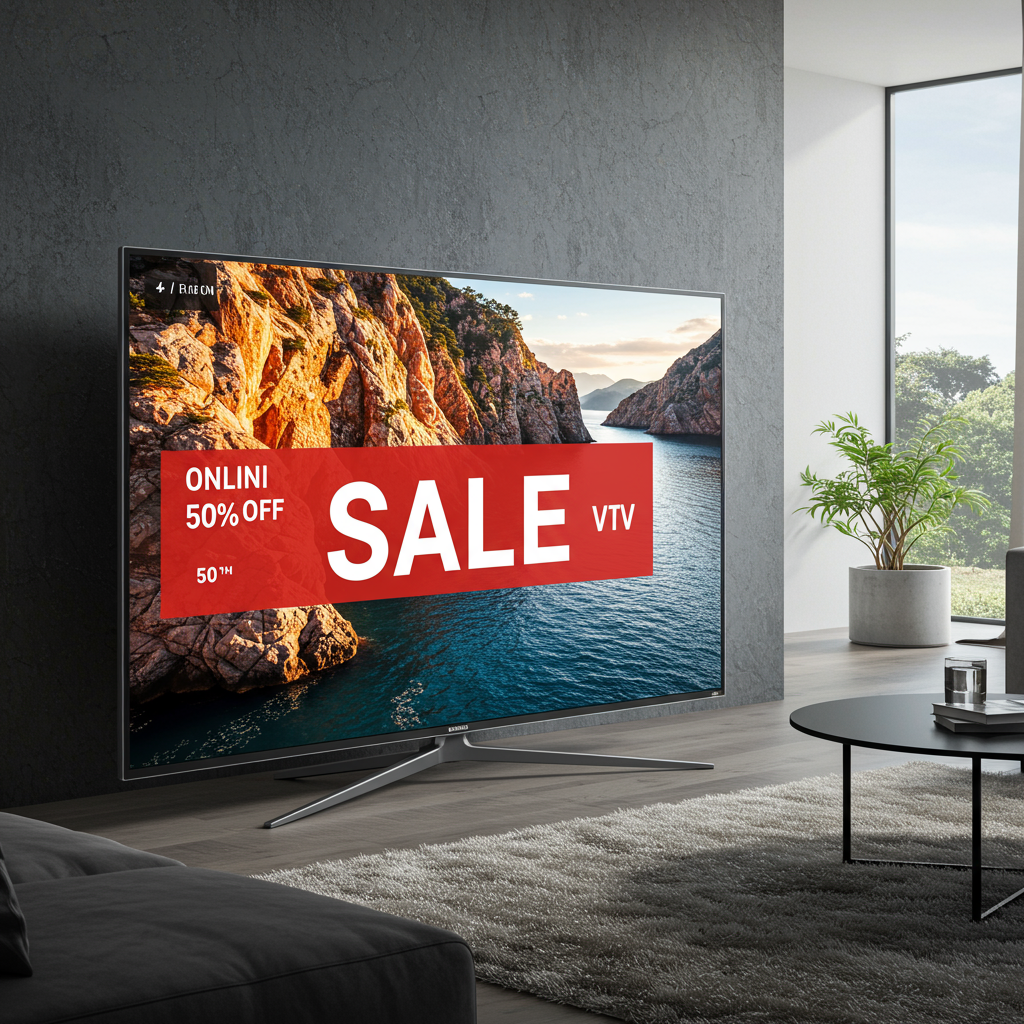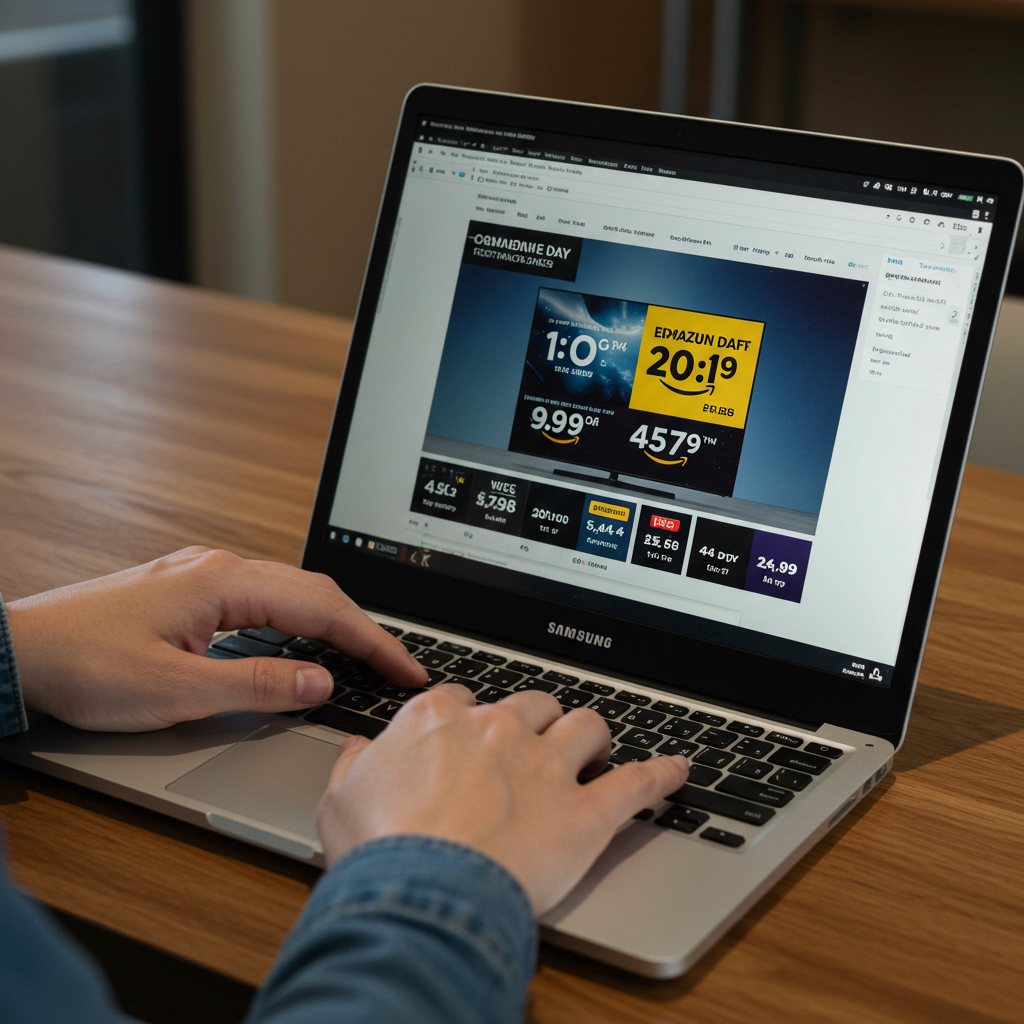The future of Xbox gaming is sparking significant conversation following recent announcements from Microsoft. While the news of a partnership with AMD for the silicon powering the next generation of Xbox “devices” may not be surprising, a more strategic reveal points towards a major shift: the Xbox team is collaborating closely with the Windows team with the explicit goal of establishing Windows as the premier platform for gaming.
This deeper integration between Xbox and Windows, coupled with recent hardware unveils, strongly suggests that the next Xbox console will blur the lines, potentially looking and functioning more like a gaming PC than a traditional console.
Closer Than Ever: Xbox and Windows Convergence
For generations, Xbox consoles have progressively adopted features and underpinnings closer to their PC counterparts, including similarities in their operating system interfaces. However, Microsoft’s recent statements and actions signal an acceleration of this trend.
Xbox President Sarah Bond articulated a vision for the future: empowering players to “play the games you want, with the people you want, and wherever you want.” This aligns with Microsoft’s existing “Play Anywhere” initiative, which already allows users to seamlessly transition between Xbox consoles and PCs, maintaining game progress across devices.
However, Bond’s additional remark about bringing an “Xbox experience that’s not locked to a single store or tied to one device” has fueled speculation. This isn’t just about playing Xbox games on PC; it suggests the next Xbox console itself might move beyond being solely tied to the Microsoft Store. The possibility of accessing other major PC game launchers, such as Steam and the Epic Games Store, directly on the next Xbox device is now a tangible prospect.
The ROG Xbox Ally X: A Strategic Foreword?
Concrete evidence for this PC-like direction comes in the form of devices like the ROG Xbox Ally X, one of two new Xbox handhelds confirmed to be launching in Holiday 2025 in partnership with Asus. These handhelds were explicitly highlighted at the Xbox Games Showcase 2025 as supporting Game Pass, crossplay, and access to various PC stores, including Steam and GOG.
The Ally X isn’t just a standard Windows handheld; it ships with a modified version of Windows designed for a streamlined gaming experience. Crucially, it boots directly into a new version of the Xbox App, bypassing the standard Windows desktop unless specifically requested. This approach echoes the user experience of the Steam Deck, which utilizes a custom Linux-based OS (SteamOS) that prioritizes a console-like interface while retaining underlying PC functionality.
Implementing such a modified OS is vital for a Windows-based device aiming for console-level performance. By minimizing unnecessary background processes and optimizing resource access for games, this method can significantly improve gaming performance – a core appeal of traditional consoles over standard PCs. Microsoft is already developing these essential tools for the Ally X, making it logical they would apply this optimized Windows approach to their flagship next-gen console, rumored for a 2027 release.
A Subsidized Gaming PC? Addressing the Cost Barrier
The current landscape of PC gaming presents a paradox: while hardware is more powerful and diverse than ever, it remains inherently expensive. The cost of components like high-end graphics cards, coupled with the price of a Windows license baked into many devices, makes building or buying a capable gaming PC a significant investment compared to the initial cost of a traditional console.
Consoles have historically sidestepped this high entry price by subsidizing the hardware, often recouping costs through game sales and platform licensing fees. This allows consoles to launch at a price point significantly lower than an equivalently powerful PC.
Microsoft has a unique opportunity to bridge this gap. By potentially leveraging the console subsidy model on what is fundamentally a specialized gaming PC, they could offer the flexibility and openness of the PC ecosystem – access to multiple stores, a wider range of games, potentially easier modding (as desired by some users of PC handhelds) – at a more accessible console price point.
Microsoft Gaming CEO Phil Spencer has reinforced the company’s strategic shift, emphasizing the goal to make Xbox games and services available on “as many devices as we can,” including “many different screens,” explicitly stating they are “not gonna put walls up.” This “games first” philosophy, rather than hardware exclusivity, sees Microsoft titles showing up “in more and more places.” Spencer has even highlighted supporting partners like Nintendo, suggesting a potential future for Xbox games on platforms like the Switch 2, further underscoring the commitment to reaching players wherever they are.
Making the next Xbox a powerful, yet potentially subsidized, PC-like device aligns perfectly with this multi-platform vision. It could introduce a new audience to PC gaming’s breadth of experiences while providing a much-needed boost to the PC hardware market, especially in an era of persistent component price challenges. This “all-of-the-above” approach, potentially including handhelds and even VR devices, positions Xbox not just as a console, but as an expansive gaming ecosystem accessible across diverse hardware.




